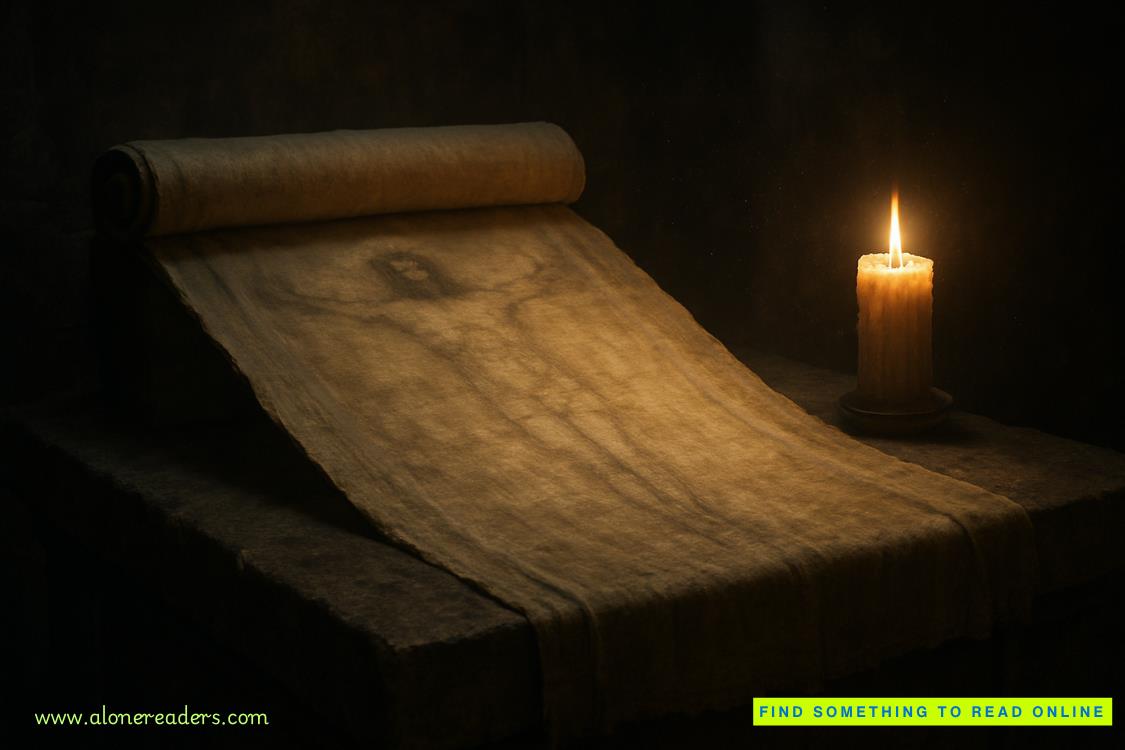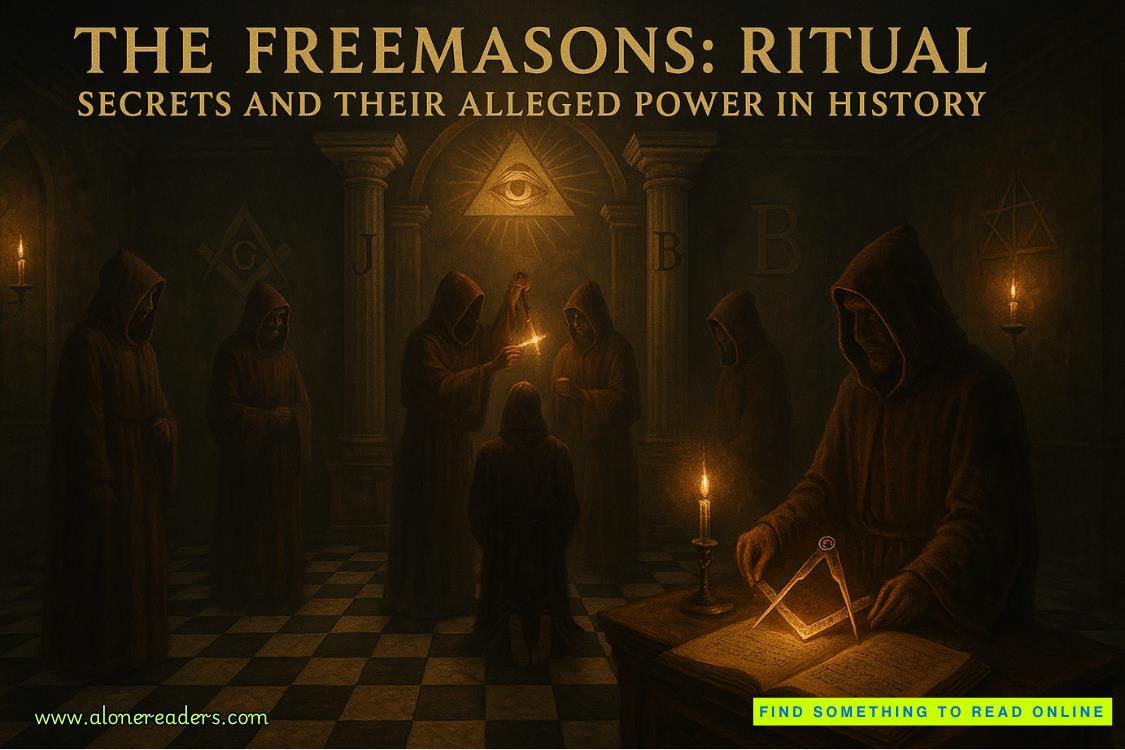Page 64 of The Last Days of Marilyn Monroe
After the Royal Command Performance, Queen Elizabeth seeks out Marilyn’s other films.
“I thought Miss Monroe was a very sweet person,” the fascinated queen tells a friend. “But I felt sorry for her, because she was so nervous that she had licked all of her lipstick off.”
In November 1956,The Prince and the Showgirlwraps under budget and a few days ahead of schedule. It’s time to go home.
“England?” Marilyn muses. “It seemed to be raining the whole time … or maybe it was me.”
Privately, Arthur Miller fears the place “had humbled both of us.”
CHAPTER 44
MARILYN AND MILLER chase the happiness that eluded them in the first six months of their marriage all the way to the Caribbean island of Jamaica. They’ll spend the next sixteen days relaxing at a seaside villa in Ocho Rios on Jamaica’s exclusive north coast.
On January 3, 1957, they step onto the tarmac, where Marilyn accepts a rum punch and Miller tells reporters that he’s writing something for his wife. “It isn’t titled yet. It will be about contemporary life.”
From behind dark glasses, Marilyn dodges questions about her next film project, though she softens at a personal one.
“If you had to choose between your husband and your career, which would you pick?” a journalist asks.
“I don’t have to choose,” she says. “But if I had to, my husband.”
Back in New York in their rental apartment on 444 East 57th Street, the Millers enjoy hosting friends and family.
“There was good talk there about books and plays,” says Miller’s father, Isidore. “Everybody sat on the floor.”
Everything in the large living room is white; the carpets, the walls, the furniture, even the marble torso of Aphrodite—and a white-painted piano. It’s the same one from Marilyn’s childhood, the one her mother had bought.
“When I was beginning to earn some money modeling,” Marilyn explains, “I started looking for the Fredric March piano. After about a year I found it in an old auction room and bought it. It’s been painted a lovely white, and it has new strings and plays as wonderfully as any piano in the world.”
Miller would write in one room of their Chanel-scented, white-on-white apartment, occasionally interrupting his typing to come gaze upon his bride.
When journalist Donald Zec visits the couple for tea, he notes, “They looked at each with a tenderness that a single sound would have shattered.”
Miller turns his attention to Marilyn Monroe Productions (MMP).
Last year, while at Pyramid Ranch awaiting his divorce while Marilyn was filmingBus Stop,Miller had promised her, “ALL of these Milton troubles and Josh troubles and all that crap is nonsense that will fade off as soon as I can take charge. You will simply have a business relationship with these people.”
Yes, Joshua Logan directed Marilyn to her most acclaimedperformance to date. And Milton Greene inspired Marilyn to challenge the studio system and demand the contract she deserved. But despite Greene’s expertise as a celebrity photographer, he has no experience with motion pictures. He’s invested what money he could, but he’s failed to secure any major backers.
The Greenes seem to live luxuriously, and the fear is that Marilyn is paying. During filming ofThe Prince and the Showgirl,there were rumors of Greene buying a Jaguar and antiques in England and charging the expenses through MMP.
Of the company’s one hundred shares, fifty-one are controlled by Marilyn and forty-nine by Greene. Miller begins to edge Greene out, replacing Greene as vice president of MMP.
Marilyn cuts Greene off, ignoring his calls and letters much as she did to Natasha Lytess before him. In a collateral breakup, Marilyn replaces Dr. Margaret Hohenberg—the psychoanalyst she’d previously shared with Greene—with Dr. Marianne Kris, who comes recommended by no less than Sigmund Freud’s daughter, Anna.
At Kris’s Central Park West office, Marilyn attends up to five sessions a week as the negotiations with Greene progress toward their acrimonious conclusion. Greene accepts a buyout of $100,000, and although he will retain producing credit forThe Prince and the Showgirl,his Hollywood career is over.
Marilyn takes to calling herself “MMM,” for Marilyn Miller Monroe. The couple envisions a summer entwined by the sea in eastern Long Island. “What a lovely place this is—it’sgot water all around it” is Marilyn’s first impression of the area.
They rent Hill House on the private one-hundred-acre oceanfront estate at Stony Hill Farm. “Now we could take easy breaths in a more normal rhythm of life,” Miller says.
But on May 31, the House Committee on Un-American Activities finds Arthur Miller guilty of contempt of Congress for his earlier refusal to name names. “Although he testified frankly about his own relationships with persons of Communist bent or membership, he said that his conscience had forbidden him to tell about others,” theNew York Timesreports. “At his apartment, 444 East Fifty-seventh Street, Mr. Miller declined yesterday to comment on his conviction.”
The consequences of refusing to cooperate with HUAC are harsh. Miller is denied a passport and may face a fine and even a prison sentence. Marilyn’s advised to persuade him to comply with the court’s demands or risk her own career, but she refuses, saying, “I’m proud of my husband’s position and I stand behind him all the way.”
The couple slips away. Reporters know the location of Hill House, but not of their second rental retreat at 64 Deep Lane in Amagansett. Marilyn is charmed that a windmill is built into the 1830 house, but privacy is its most valuable feature.
The Prince and the Showgirl—jointly released by Marilyn Monroe Productions and Warner Bros. Pictures—makes its world premiere at Radio City Music Hall on June 13, 1957, as a charity event hosted by Marilyn Monroe Productions to benefit the Milk Fund for Babies.















